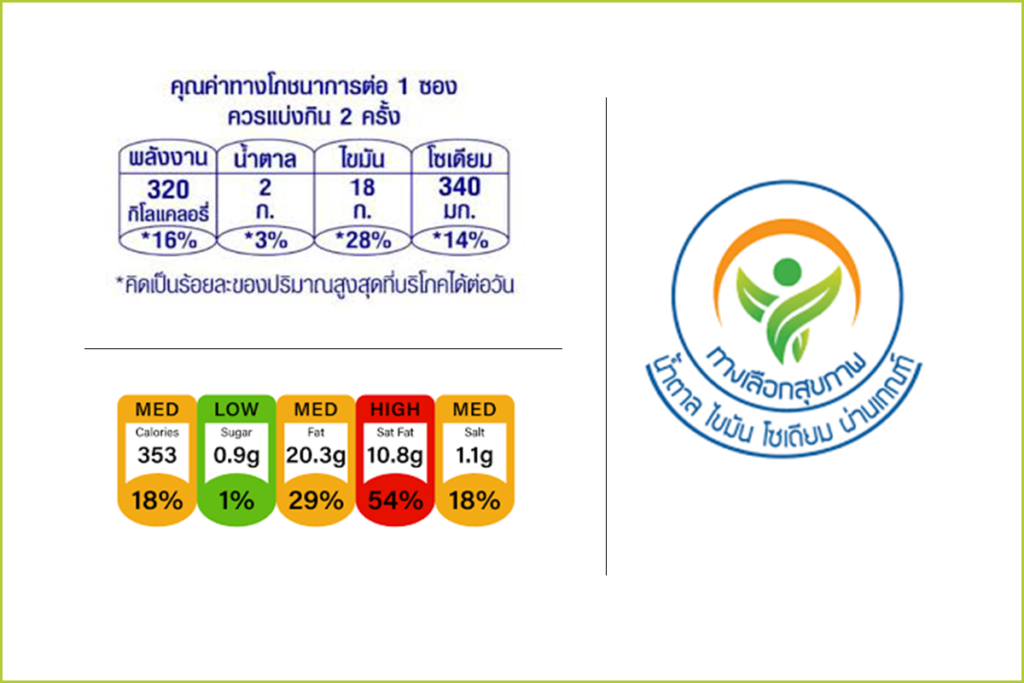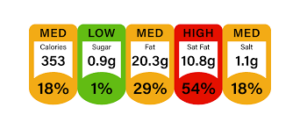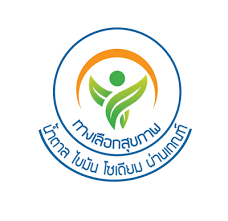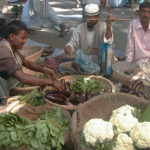Introduction
In 2009, following advocacy by local organizers and activists, the government of Thailand implemented its first front-of-pack labeling system, consisting of the mandatory monochrome Guideline Daily Amount label and a voluntary “25% reduced” label. Seven years later, in 2016, the “Healthier Choice” logo was also introduced as an additional voluntary label to support Thai efforts in improving consumer diets and reducing the burden of NCDs.
In this blog post, I share findings from a rapid review of peer-reviewed articles and grey literature to learn whether these labeling systems provide sufficient understanding and help Thai consumers choose healthy products. The goal of this review is to generate recommendations that inform future research about labeling systems to assist Thailand in meeting its strategic health goals of improving consumer diets and reducing the overall burden of NCDs.
About front-of-pack labeling
Methods
We conducted a rapid review of peer-reviewed and grey literature about front-of-pack labeling in Thailand published in the past 10 years in English or Thai. We included research reports and publications assessing the current labeling systems in Thailand to find if they improved nutrition awareness and knowledge among Thai consumers as well as how and whether they have shifted consumers toward making healthier dietary choices.
Results
Surveys found low comprehension and use of the non-interpretive monochrome Guideline Daily Amount labeling system across different age groups. Children had relatively low knowledge of this label, with more than half of participants failing to correctly answer questions about it. Slightly higher levels of knowledge and understanding of this label were found among high school students. Nonetheless, despite several studies finding that about half of participants had awareness of the Guideline Daily Amount label, one study reported that only 11 percent of consumers routinely used the label and 25 percent of respondents indicated difficulty interpreting it as a barrier to its use while shopping at a supermarket.
When compared with interpretive front-of-pack labeling systems, it is confirmed that the Multiple Traffic Light Guideline Daily Amount system can support consumers to identify healthier food choices. One study showed that 61 percent of participants could identify healthier food by using Multiple Traffic Lights system, compared to only 39 percent of participants using the current monochrome label.
Regarding the Healthier Choice logo, the sole study we found showed that 54.3 percent were familiar with the Healthier Choice logo, but of those, 87.1 percent had never purchased products with the logo and 53.5 percent of participants perceived that the logo was meant to influence decision-making, but they did not understand the logo. The authors of the study found the Healthier Choice logo did not significantly affect decision-making, despite consumers reporting being satisfied with it.
Conclusion and Implications
Thai stakeholders may consider replacing the Guideline Daily Amount system with an interpretive label with higher demonstrated efficacy. A variety of systems such as Nutri-Score, Health Star Rating, warning labels, and the Multiple Traffic Light systems, have emerged in the international context over the past decade, which have been found to differentiate healthy from unhealthy food products. It is unfortunate that these newer systems have not been systematically tested systematically or adopted in Thailand, so there is no direct evidence about how they would perform in this context. More research is necessary to understand how consumers would respond to newer front-of-pack labeling systems in Thailand and whether they influence consumers’ responses to different types of food products. By investigating these newer systems, Thailand could serve as a regional exemplar for how front-of-pack labeling systems can be adopted and implemented as a public health strategy for reducing NCDs, thereby potentially influencing neighboring countries to harmonize their efforts.







